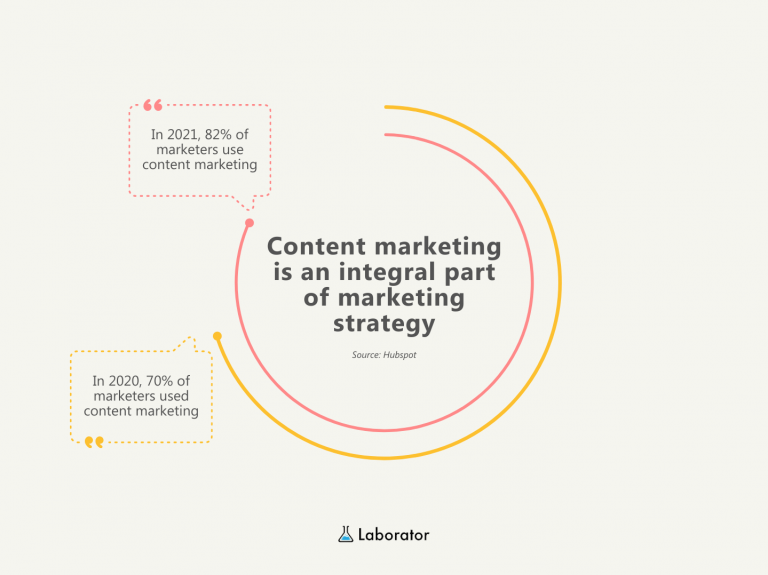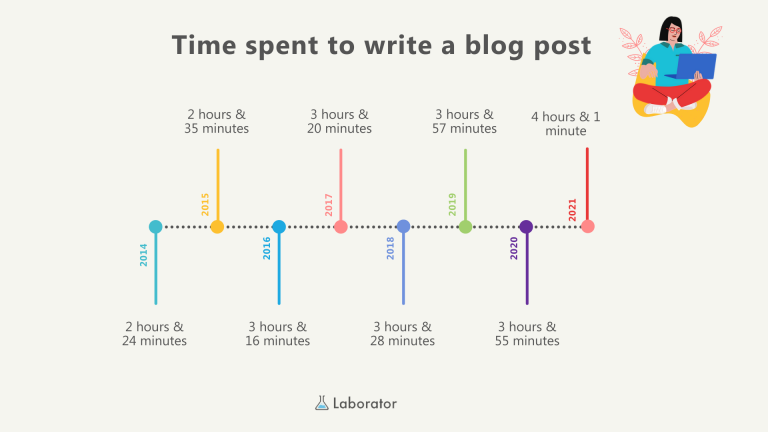The content marketing industry is worth $412.88 billion.
Content marketing isn’t a new notion. Though it has been used for over 250 years, content marketing wasn’t considered a crucial marketing tactic. The oldest track of content marketing was in 1732 when Benjamin Franklin published the yearly Poor Richard’s Almanack intending to promote his printing business.
However, the rise of the internet made content a buzz in the world of marketing.
Researchers predict that content marketing will enjoy an annual growth rate of 16% in the next five years.
- Content marketing is predicted to be an industry worth $412.88 billion by 2021.
- 64% of marketers want to learn how to build a better content strategy
- 72% of marketers say content marketing increases engagement


